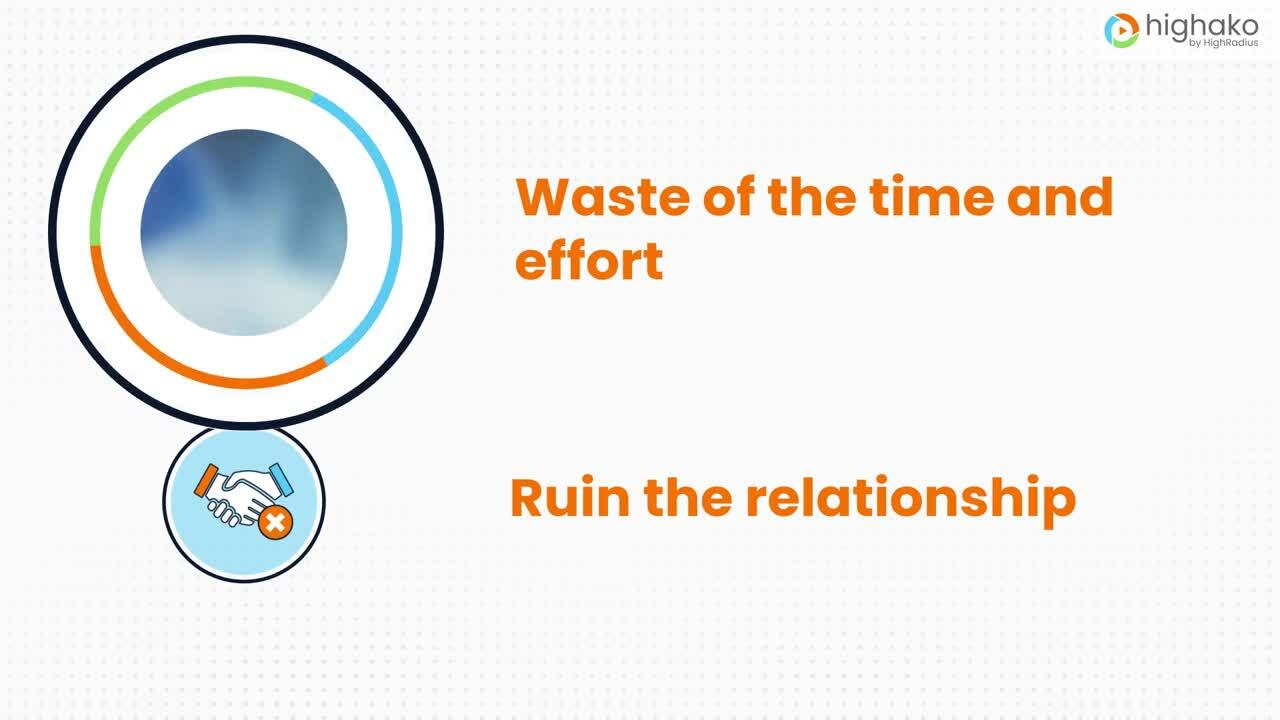
There is no substitute for preparation when the need arises to visit a customer. Once you are "on-site," there is rarely the opportunity to recover missed information that is still at the office, even in these times of advanced communication.
A sample preparation "check-list" follows:
| Customer Visit Preparation Checklist | ||
| Ready | Not ready | Item Being Checked |
| Review all relevant receivables information (statements of account, date of last payment, etc.) | ||
| Review all relevant financial information, credit reports, etc. | ||
| Obtain as much information as is reasonably possible from other departments. What is the sales department's opinion of the account? Is the customer properly following all company policies with respect to advertising and other matters? What is the unshipped order position? Review customer purchase orders for terms, prices or other issues. Are invoices being billed to the correct address? | ||
| Make sure your meeting agenda includes all needed participants, (i.e. your fellow employees, the customer's employees, outside agencies) | ||
| Contact other credit managers who may have visited the account recently. See Pocket Customer Visit, Part 3: Resolving Disputes. | ||
| Prepare a prioritized list of things to be accomplished or learned. | ||
| Structure the meeting to your advantage. | ||
| Educate the staff to deal with issues in your absence. | ||
The last three points warrant further expansion.
Prioritization permits maximum meeting productivity in the event of an unexpectedly short visit.
Structuring provides an opportunity to minimize conflict, by various techniques. First, it allows for "get-acquainted" time at the beginning of the meeting. Secondly, it provides for advantageous pre-arranging of different group discussions, to separate potentially combative participants.
And finally, employee education is a long term project that addresses "the too much time lost from office" objection noted earlier in the "Pocket Credit Manager" series. Proper staff development permits a visitation program that is not disastrous to overall office productivity.
